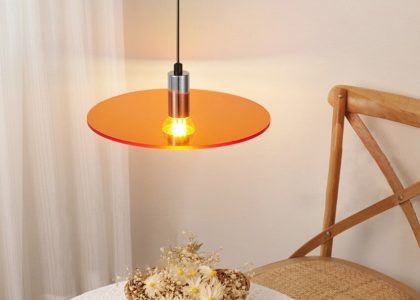Introduction
The kitchen and dining room are central gathering places for family and friends. As such, it’s important to have proper lighting to create a comfortable and inviting ambiance. In this article, we will discuss the different types of lighting schemes suitable for kitchen and dining room areas.
The Importance of Proper Lighting in the Kitchen and Dining Room
Proper lighting is essential for any space, especially for the kitchen and dining room. Adequate illumination enables you to perform tasks such as cooking, cleaning, and serving food without accidents or mishaps. A well-lit kitchen and dining room also create an inviting ambiance that can make mealtime a pleasant experience.
Types of Kitchen and Dining Room Lighting
There are three main types of lighting that you should consider for your kitchen and dining room: ambient, task, and accent lighting.
Ambient Lighting
Ambient lighting provides an overall illumination that evenly distributes light throughout the room. This lighting type is usually mounted on the ceiling or walls, and it serves as the foundation of the lighting scheme. It sets the mood and tone of the room, making it welcoming and functional.
Task Lighting
Task lighting is designed to provide focused illumination on areas where specific tasks take place, such as cooking, cleaning, and serving. This lighting type can come in the form of under-cabinet lighting, pendant lights, or track lighting. It enhances visibility while minimizing glare, making it easier to accomplish your tasks.
Accent Lighting
Accent lighting is used to highlight specific features of the kitchen and dining room, such as artwork, architectural elements, or decorative pieces. This type of lighting adds depth and dimension to the room, enhancing its aesthetic appeal.
Considerations for Creating a Perfect Lighting Scheme
When designing your lighting scheme for the kitchen and dining room, there are some important factors to consider.
Room Size
Consider the size of your kitchen and dining room to determine the amount of lighting required. A larger space may require more lighting fixtures to provide adequate illumination.
Color Scheme
The color of your kitchen and dining room walls and furniture can impact the lighting scheme. Consider the color temperature of your lighting, which can range from warm white to cool white shades.
Task Requirements
Consider the specific tasks that take place in the kitchen and dining room to determine the amount and type of task lighting required.
Budget
Your budget will also play a significant role in determining the type and quality of lighting that you can afford.
Conclusion
Lighting is a crucial element in creating a comfortable and inviting environment for your kitchen and dining room. By considering the different lighting types and factors when designing your lighting scheme, you can create a space that’s functional, aesthetically pleasing, and welcoming to guests.


